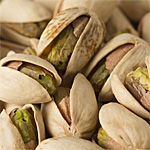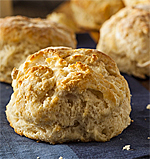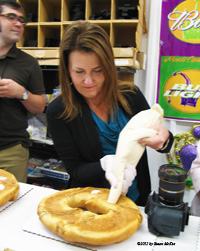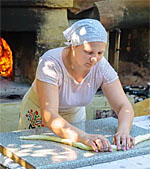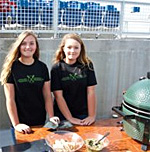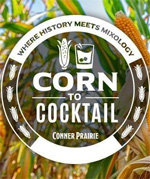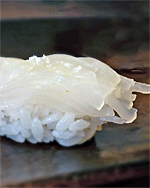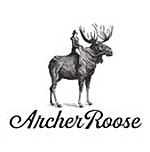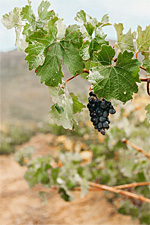Gastronomy as World Heritage
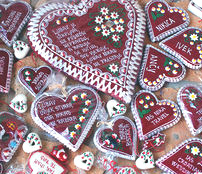 Many of you Road Trips Foodies already know this, but in case you missed the announcement on November 16, 2010, food was added to the category of intangible cultural heritage by UNESCO.
Many of you Road Trips Foodies already know this, but in case you missed the announcement on November 16, 2010, food was added to the category of intangible cultural heritage by UNESCO.
Three countries — Croatia, France, Mexico — and a region, Mediterranean, were cited.
Gingerbread craft from Northern Croatia originated in European monasteries during the Middle Ages, and came to Croatia where it became a craft. Gingerbread has become one of the most recognizable symbols of Croatian identity. Today, gingerbread makers are essential participants in local festivities, events and gatherings, providing the local people with a sense of identity and continuity. You can read more about ’em here.
The repas gastronomique français was noted as a customary social practice for celebrating important moments in the lives of individuals and groups. It emphasizes togetherness, the pleasure of taste, and the balance between human beings and the products of nature. The gastronomic meal should respect a fixed structure, commencing with an apéritif (drinks before the meal) and ending with liqueurs, containing in between at least four successive courses, namely a starter, fish and/or meat with vegetables, cheese and dessert.
Traditional Mexican cuisine follows Michoacán paradigm, a comprehensive cultural model comprising farming, ritual practices, age-old skills, culinary techniques and ancestral community customs and manners. The basis of the system is founded on corn, beans and chili; unique farming methods such as milpas (rotating swidden fields of corn and other crops) and chinampas (man-made farming islets in lake areas); cooking processes such as nixtamalization (lime-hulling maize, which increases its nutritional value), and singular utensils including grinding stones and stone mortars.
The Mediterranean diet (common in Spain, Italy, Greece and Morocco) constitutes a set of skills, knowledge, practices and traditions ranging from the landscape to the table, including the crops, harvesting, fishing, conservation, processing, preparation and, particularly, consumption of food. The Mediterranean diet is characterized by a nutritional model that has remained constant over time and space, consisting mainly of olive oil, cereals, fresh or dried fruit and vegetables, a moderate amount of fish, dairy and meat, and many condiments and spices, all accompanied by wine or infusions, always respecting beliefs of each community.
There’s more on each gastronomic entry on the UNESCO website. In order to be inscribed, the elements must comply with a series of criteria, including contributing to spreading the knowledge of intangible cultural heritage and promoting awareness of its importance. Nominees for the inscription must also justify protective measures taken to ensure their viability.


